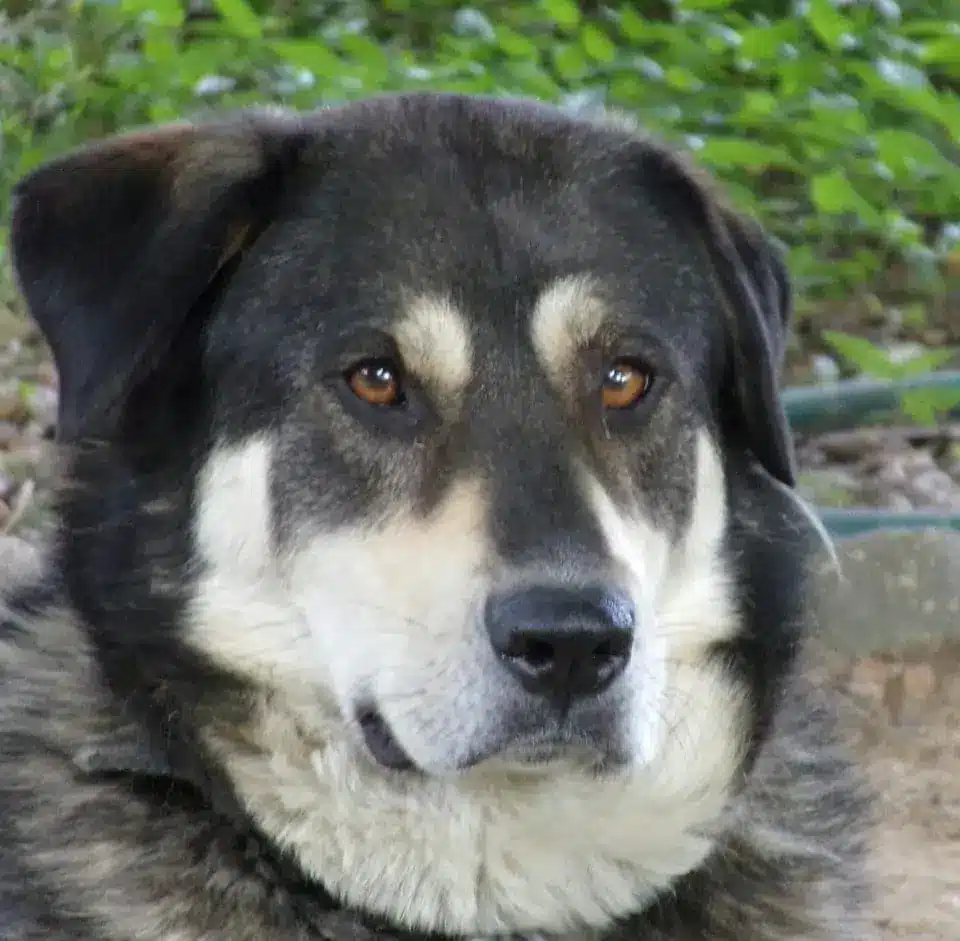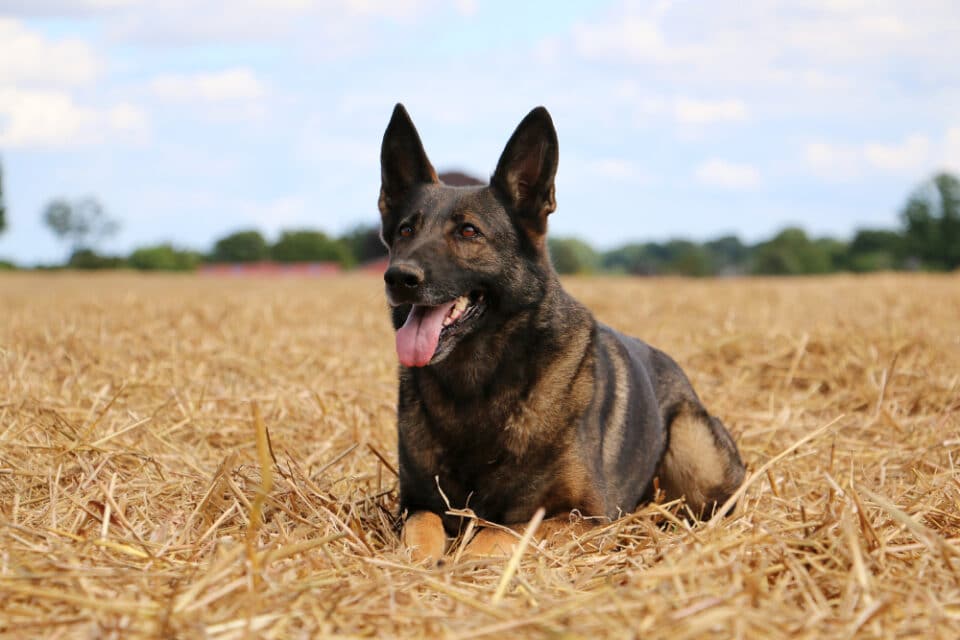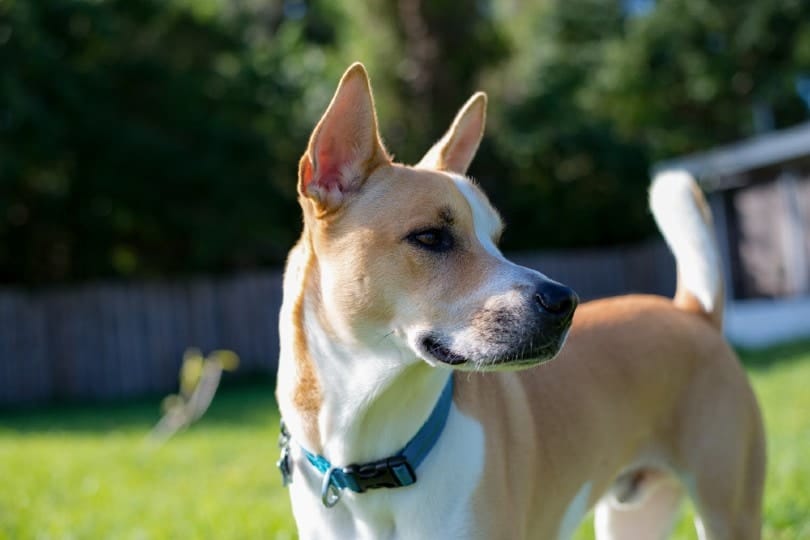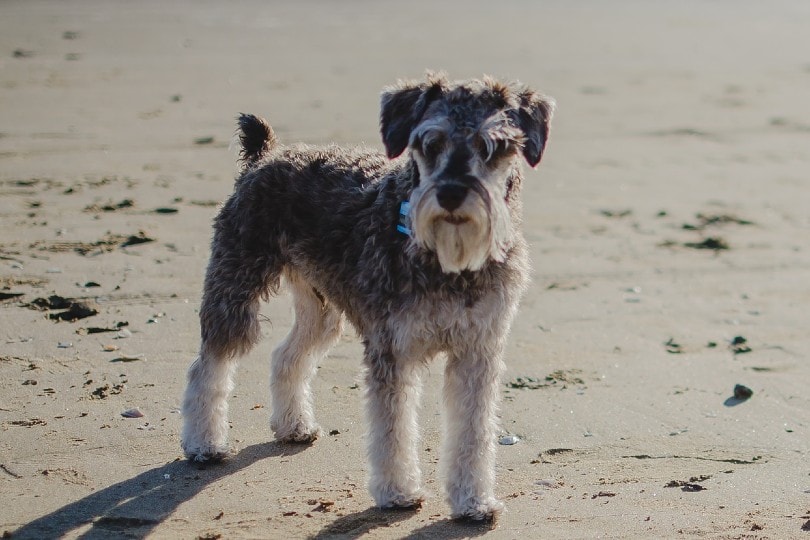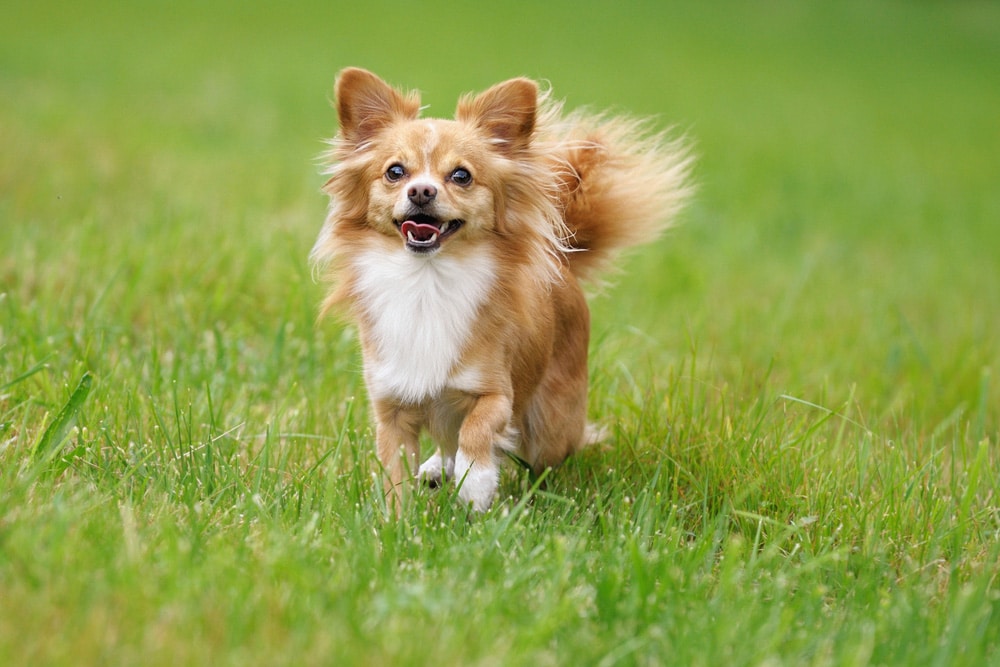Meet the Alaskan Malador, a high-energy mix that’s winning hearts everywhere!
- This breed is a delightful blend of Labrador Retrieval and Alaskan Malamute traits.
- Perfect for active families, the Malador thrives with lots of love and exercise.
- Known for loyalty and intelligence, they’re a breeze to train!
- Just make sure you’ve got space—these pups are big, loveable bundles of energy.
The Alaskan Malador, a captivating mix of Labrador Retriever and Alaskan Malamute, is gaining popularity among dog lovers. Known as ‘Labramute’, this breed combines the affection and energy of its parent breeds, making it an ideal choice for active families ready to share their adventures with a furry friend. They’re not just pets; they’re full-on family members, demanding the same love they generously give.
Standing about 22–27 inches tall and weighing 60–85 pounds, Maladors are a sight to behold. Their large size, along with their boundless energy, means they need plenty of space and even more exercise. They come in a variety of colors, including white, blue, silver, red, brown, gray, and black, and typically live between 12–14 years, providing a long-lasting companionship for those who can match their energy levels.
With a temperament that’s as loving as it is lively, these dogs are practically born to play. Maladors are incredibly loyal and intelligent, making them easy to train. They get along well with other pets, though interactions with other male dogs should be monitored. Socialization from a young age helps mitigate any potential aggression, primarily towards other males.
Their Labrador and Malamute heritage makes them excellent working and sporting dogs. They thrive on physical activities like hiking, swimming, and playing fetch. Not just content with simple walks, these dogs need vigorous activity to stay healthy and happy. Without it, they can become restless and may resort to troublesome behavior like chewing furniture.
Maladors require a nutritious diet to fuel their energetic lifestyle. About 3 cups of quality kibble a day, adjusted for their age and activity level, keeps them fit. Healthy add-ons like fish oil and cartilage help with joint health, but it’s vital not to overfeed them—obesity can lead to health complications like hip and elbow dysplasia.
Grooming a Malador involves regular care, especially during shedding season. Their coat, perfect for cold climates, does shed considerably. Regular brushing, along with nail trimming, ear cleaning, and occasional baths, keeps them in tip-top shape. Their fluffy ears can be prone to infections, so cleanliness is key.
Health-wise, Maladors can inherit various conditions from their parent breeds. They are at risk for issues like hip dysplasia, epilepsy, and hypothyroidism, so regular vet check-ups are crucial. Despite these concerns, with the right care, they can live long, healthy lives.
Male Maladors tend to be larger and can show aggression if housed with other males. On the plus side, they form deep bonds with their families, though their separation anxiety means they’re best suited to homes where someone is around often to keep them company.
The Alaskan Malador is perfect for families who are willing to invest their time and energy into a pet that’s as loving as it is lively.
